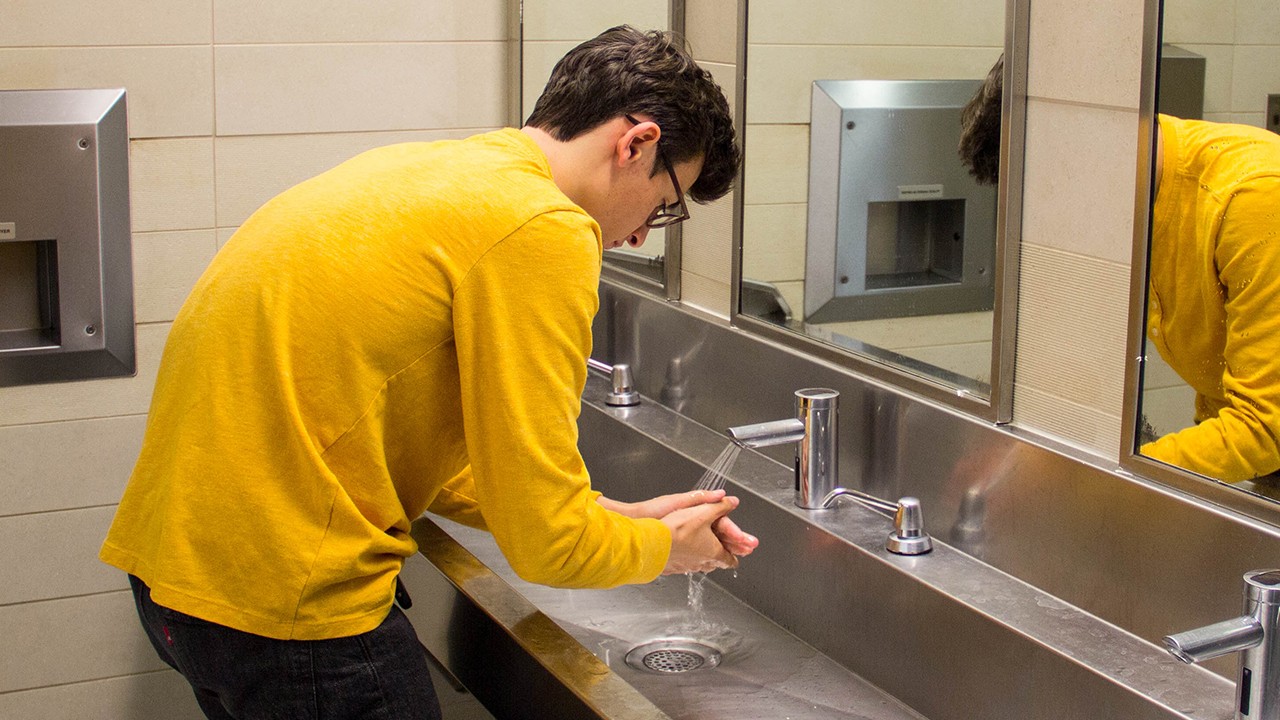Reinforcement
In ABA terminology a reinforcer is anything designed to promote or increase a desired behavior. Using a reinforcer is often the quickest way to teach a replacement behavior for an undesired behavior. It is also a great way to teach new skills as the student will be reinforced for demonstrating the skill. There are three things to remember when using reinforcement.
- Make sure the reinforcer is actually something the student wants. Conduct a preference probe by providing the student with different types of reinforcers and noting their response. From the student’s reaction, rate the reinforcers on a 5-point scale (1 being least desirable and 5 most desirable). Once ranked, use the reinforcers that are best suited for each targeted behavior. Use level 5 reinforcers for targeted behaviors that are more difficult for the student. Level 1 reinforcers can be used for easier tasks or to reinforce desired behaviors the student has recently learned. Once you have identified highly motivating reinforcers, ensure they are close by and easily accessible. A reinforcer works best when it is given right after the student does well with a new skill or exhibits a desired behavior.
- Change up the reinforcers. Use a variety of highly motivating reinforcers to keep the student’s interest level high. What’s highly motivating for today may not be highly motivating tomorrow. A great way to change it up is to have the student pick their reinforcer from a visual choice board before beginning a task. If the student continuously picks the same reinforcer, try changing it up by introducing new options to the choice board and encouraging the student to explore new and fun activities.
- Always pair the reinforcement with verbal praise; the more specific the praise the better. Instead of saying “good job,” try “I like how you lined up with nice hands and feet.” This will make it easier to fade the physical reinforcement and will let the student know why they are being rewarded.
Punishment
In ABA terminology a punisher is anything designed to eliminate or decrease an undesirable behavior. Punishers can be used for virtually any behavior that needs to be addressed, but a punisher should be used sparingly; it’s always best to try using positive reinforcement to teach a replacement behavior before punishing the negative behavior. In fact, before implementing any punishers, it is critical to consult with support staff such as a behavior specialist and use data to monitor any punishment to make sure it is actually decreasing the target behavior. If the behavior is not decreasing over time, or is in fact increasing, the punishment is not effective and another strategy should be tried. Keep in mind that the introduction of a punisher could cause the behavior to briefly spike before it starts to decrease. Consistency and follow-through are key, especially in the beginning stages of using the punishment.
Some cautionary notes:
There are effective punishments that can be used within the classroom environment to help decrease and eliminate negative behaviors—losing time for a preferred activity or removing a token from their token board, to name a few examples. It is important to have the consequences laid out for the student in advance. Make it clear that “if you do ”˜x behavior’ the consequence is ”˜y punishment,’” and follow through every time. Just as with reinforcement, pair the punishment with a verbal cue to let the student know exactly why they are receiving the consequence. Further, punishment in schools is often exclusionary, meaning it excludes the student from the classroom. This not only removes them from critical learning time in the classroom—it also can serve to reinforce negative behaviors. Getting sent to the principal’s office or out into the hallway might actually be rewarding for a student who seeks escape. They could be getting out of a non-preferred class or avoiding a work task they do not want to be doing. In other cases, they could be getting the one-on-one attention they desire. Even negative attention is attention and often students will take negative attention over no attention at all. The lesson here is to consider how you are using punishment and whether the student is actually feeling punished by these tactics.
Reinforcement and punishment both have their place as tools for managing behavior in the classroom. Always keep in mind the guiding principle: reinforcement is to increase or teach a desired behavior and punishment is to decrease or eliminate an undesired behavior. Try using reinforcement to teach a very specific behavior you want to see in the classroom: reward a student with a high five and verbal praise each time they raise their hand to ask a question or give the entire class extra computer time when they are quiet during silent reading. Too often, the mention of ABA conjures up images of teachers giving students treats for answering questions correctly or following directions. This leads people to believe that ABA is only for a certain type of student or only works in certain classrooms. The truth is that ABA works for every type of learner and can be used throughout the school environment. Integrating ABA into a classroom full of unique learners requires consistency and examination of data to make sure it is being used effectively. With time, these practices will yield results and you will find that you can apply the principles of ABA to just about anything you do in the classroom.



